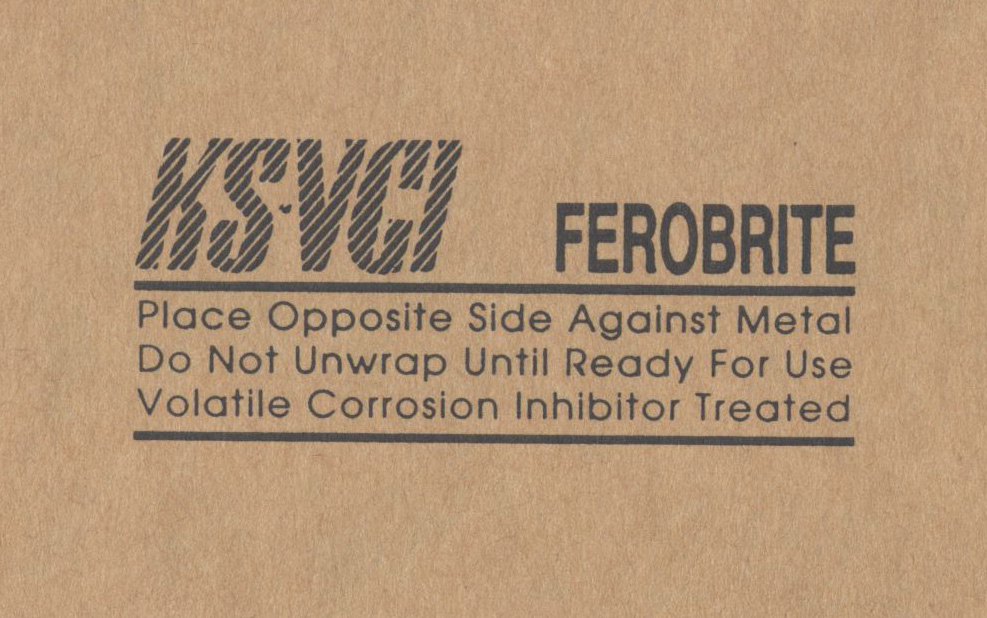It seems that bad luck strikes in threes, especially when it comes to pricey knives. DamageInc had issues with the Hinoura and Kato
I just unpacked some of my mirror polished honyaki blades today from storage while they await their new handles and found this:



The blades were oiled and put in ferobrite paper, not sure what the hell went wrong talk about first world problems.
I imagine it'll clean up with flitz or chromium oxide polishing compound (?), it looks worse in the pictures to be honest, in person it's more like a tinted mirror.
I actually just mailed a CS gyuto to get some work done that had the same treatment, I better send an email to the vendor as a heads up to let them know they may have an unpleasant surprise when they unpackage the knife



The blades were oiled and put in ferobrite paper, not sure what the hell went wrong talk about first world problems.
I imagine it'll clean up with flitz or chromium oxide polishing compound (?), it looks worse in the pictures to be honest, in person it's more like a tinted mirror.
I actually just mailed a CS gyuto to get some work done that had the same treatment, I better send an email to the vendor as a heads up to let them know they may have an unpleasant surprise when they unpackage the knife







